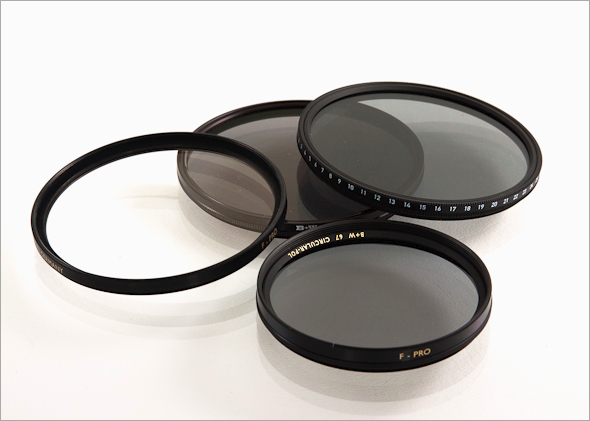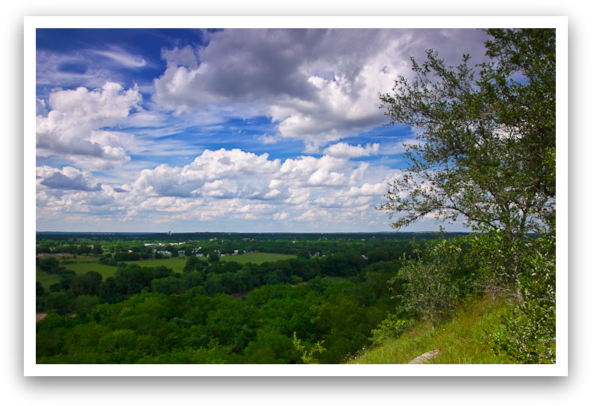If there’s one topic in photography that’s bound to stir up a heated debate it’s the selection and use of filters. No other accessory that I can think of does more to raise the blood pressure of otherwise sedate amateur and professional photographers.
For as long as I can remember there has been an ongoing debate over the use of UV filters for lens protection. The proponents say that UV filters offer good protection for the front lens element while their opponents say that a lens hood provides all the protection needed and that any piece of glass placed in front of the lens will degrade image quality.

In my opinion both sides are right and both sides are wrong. While I agree completely that any filter placed in front of the lens will degrade the image somewhat, I believe the amount of degradation depends upon the type and quality of the filter used. And there is no doubt that the UV filter does, in fact, add extra protection for the front lens element. So the question is, what kind of UV filter will provide the least possible image degradation and how much will it cost?
You can find many different brands of filters today but in my opinion, the quality and performance of B+W MRC and Heliopan SH-PMC filters make them my number one choice. Both companies use anodized brass rings to reduce thread binding and special multi-layer coatings to prevents light from being reflected off the surface of the filter.
Another favorite of mine is Singh-Ray, possibly the best filter manufacturer in the world. Singh-Ray filters are almost legendary among professional landscape photographers, with superb quality and innovative designs. Having used their filters for years all I can say is wow!
My final thoughts on filters are about cost. No matter which type of filter you decide you need (UV, Circular Polarizer, Neutral Density, ND Grad, etc.), you’re gonna lay down over $100 (USD) for a good quality filter. The very best can run you anywhere from $150 – $300 (USD) depending upon the size. You’ve already spent several thousand dollars on a camera body and a few lenses (or perhaps more than a few). Why place a $40 el-cheapo filter in front of that investment in top-notch gear and ruin your chances at capturing a great image? The man who taught me this craft over 30 years ago you to put it this way “buy the very best gear you can afford and buy it only once!”.
Sound advice in any day and age!








